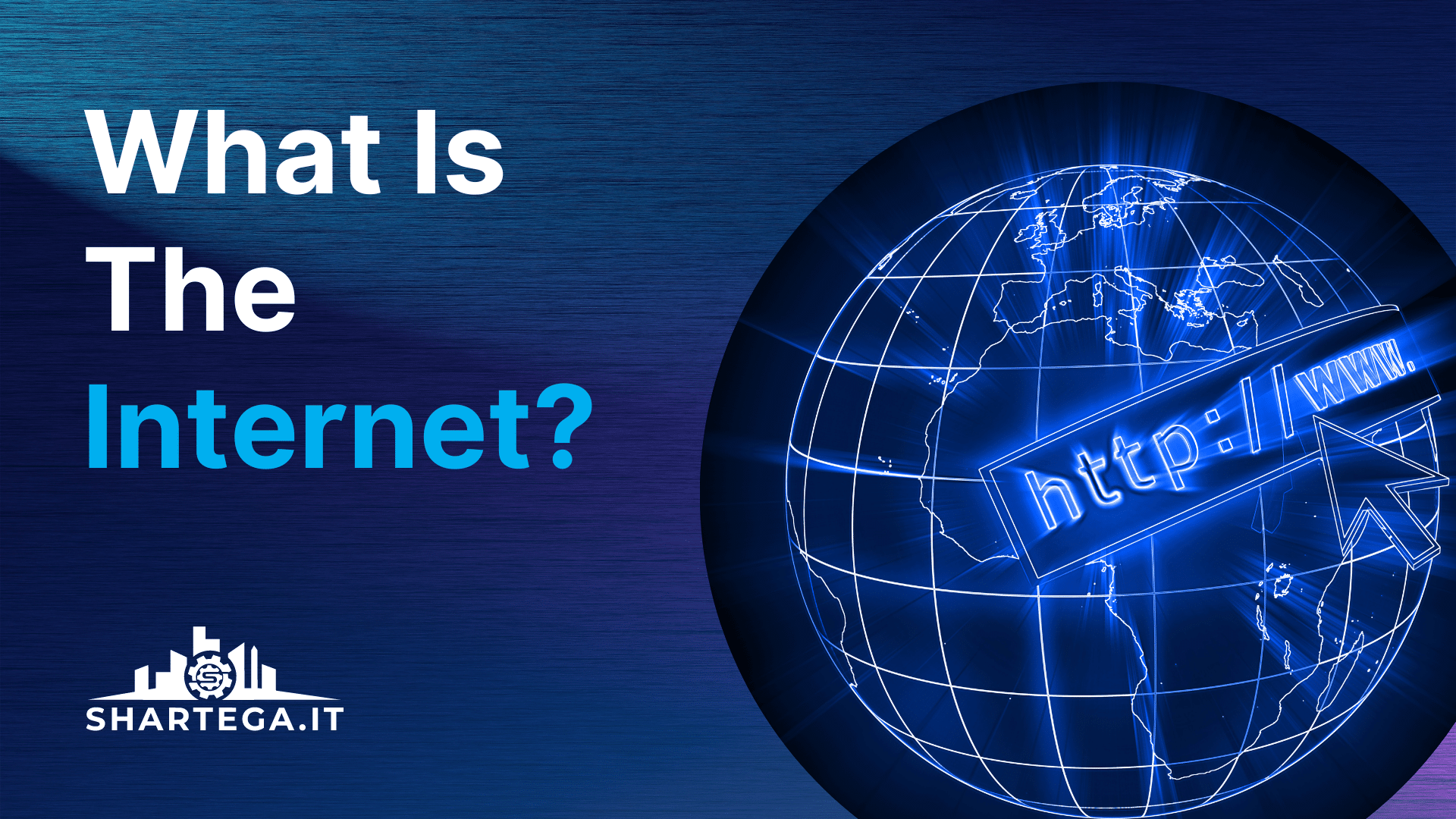The internet is a robust global network of connected computers that enables users to share information and access online resources. It consists of several layers — each providing different services.
The physical infrastructure of the Internet includes the network of computers, routers, and cables connecting users worldwide. The next layer is the transport layer, which handles the routing of data packets between computers. The application layer is the highest level of the Internet, and it includes the World Wide Web, email, and file sharing.
The internet has transformed our lives in countless ways, making it possible to communicate and collaborate with people around the globe in real-time. It has also created new business opportunities and made a vast array of information and services accessible to everyone.
How Does The Internet Work?
Most people use the Internet every day without really knowing how it works. It’s just there — like magic. But the Internet is not magic; it’s a network of computers all around the world that are connected together. When you go to a website, your computer sends a request to the server that hosts the website. The server then sends back the website data to your computer, which displays it on your screen. This happens in a fraction of a second, so you don’t even notice it.
The World Wide Web (WWW)
The World Wide Web, or simply the “web,” is a global network of online content that can be accessed via the Internet. It contains billions of websites and webpages, comprising different types of content including text, images, videos, and more. The web is constantly growing and changing, with new websites and pages added daily. The first website was created in 1991, and the web has since become essential for billions worldwide. Whether you use it for your career, school, or simply leisure, the web has something to offer everyone.
URLs
A URL, or Uniform Resource Locator, is the address of a specific webpage or file on the Internet. Every website has its unique URL, allowing users to access the site from anywhere in the world.
URLs usually consist of a domain name ( such as “example.com” ) followed by a specific path ( such as “/catalog/page1.html” ). When you enter a URL into your browser’s address bar, the browser will contact the server associated with that domain and request the specific page or file. The server will then send the page back to the browser, which will display it on your screen. Because they provide a way to locate resources on the Internet, URLs are essential for anyone who wants to use the web.
How A Web Browser Works
When you type a URL into your web browser and hit enter, you are sending a request to a web server. The browser then renders the HTML code that it receives from the server and displays the webpage on your screen. The browser can also display other types of files, such as images and PDFs. In order to do this, the browser uses a set of built-in software components called plugins. These plugins allow the browser to display various types of content. From the early days of the web, browsers have been constantly evolving to keep up with the changing needs of users. Today, there are many different types of browsers available, each with its own unique set of features.
Common Things To Use The Internet For
The internet has transformed the way we live, work, and communicate. In just a few short years, it has become an essential part of daily life for billions of people around the world. But what exactly can you do on the Internet? The possibilities are virtually endless, but here are a few of the most common things people use the Internet for.
Searching for information
Whether you’re looking for directions to a restaurant or trying to find out how to fix a broken appliance, chances are you’ll turn to the Internet first. With its vast trove of resources, the Internet is an invaluable tool for finding information on almost any topic imaginable.
Staying connected
The internet has made it easier to stay in touch with friends and family, no matter where they are in the world. Whether you’re catching up on email, sharing photos on social media, or video chatting with loved ones, the Internet makes it easy to stay connected.
Shopping
Thanks to the advent of online shopping, you can now buy almost anything you need without ever leaving your home. From groceries to clothes to electronics, there’s no shortage of things you can buy online. And with online retailers offering competitive prices and deals, it’s often cheaper to shop online than in brick-and-mortar stores.
Entertainment
Streaming movies and TV shows, listening to music, playing games — there’s no shortage of ways to be entertained online. And with more and more content becoming available online every day, there’s always something new to discover.
These are a few of the many things you can do on the Internet. With its endless possibilities, it’s no wonder the Internet has become such an integral part of daily life for so many people around the world.
How To Set Up A Modem & Router
Most people have a modem and router set up in their homes so they can connect to the Internet. If you’re not sure how to set up a modem and router, don’t worry — it’s actually quite simple.
The first thing you need to do is locate where your Internet connection comes into your home. This is usually a phone or cable line. Once you’ve located this, plug your modem into the wall outlet. Next, plug one end of an Ethernet cable into the modem and the other end into your computer. Now, turn on your computer and open your browser. You should now be able to access the Internet. If you’re still having trouble, there are plenty of resources available online that can help you troubleshoot any issues you may be having. With a little effort, you’ll be up and running in no time.
The Cloud & Cloud-Based Apps
The cloud is a term used to describe a variety of different technologies that allow users to access information and applications over the Internet. Cloud-based apps are applications that are designed to run on a remote server, rather than on the user’s local computer.
One of the benefits of using cloud-based apps is that they can be accessed from any Internet-connected device, including laptops, smartphones, and tablet computers. Another benefit is that cloud-based apps are often more scalable and easier to update than traditional desktop applications. As more businesses move to the cloud, it’s likely that we’ll see an increase in the number of cloud-based apps available.
Closing Thoughts
Overall, the Internet has a lot to offer users. From its ability to connect people from all over the world to its vast array of resources, the Internet is an essential part of daily life for many people. With its many uses, it’s no wonder the Internet has become such an integral part of our lives.





